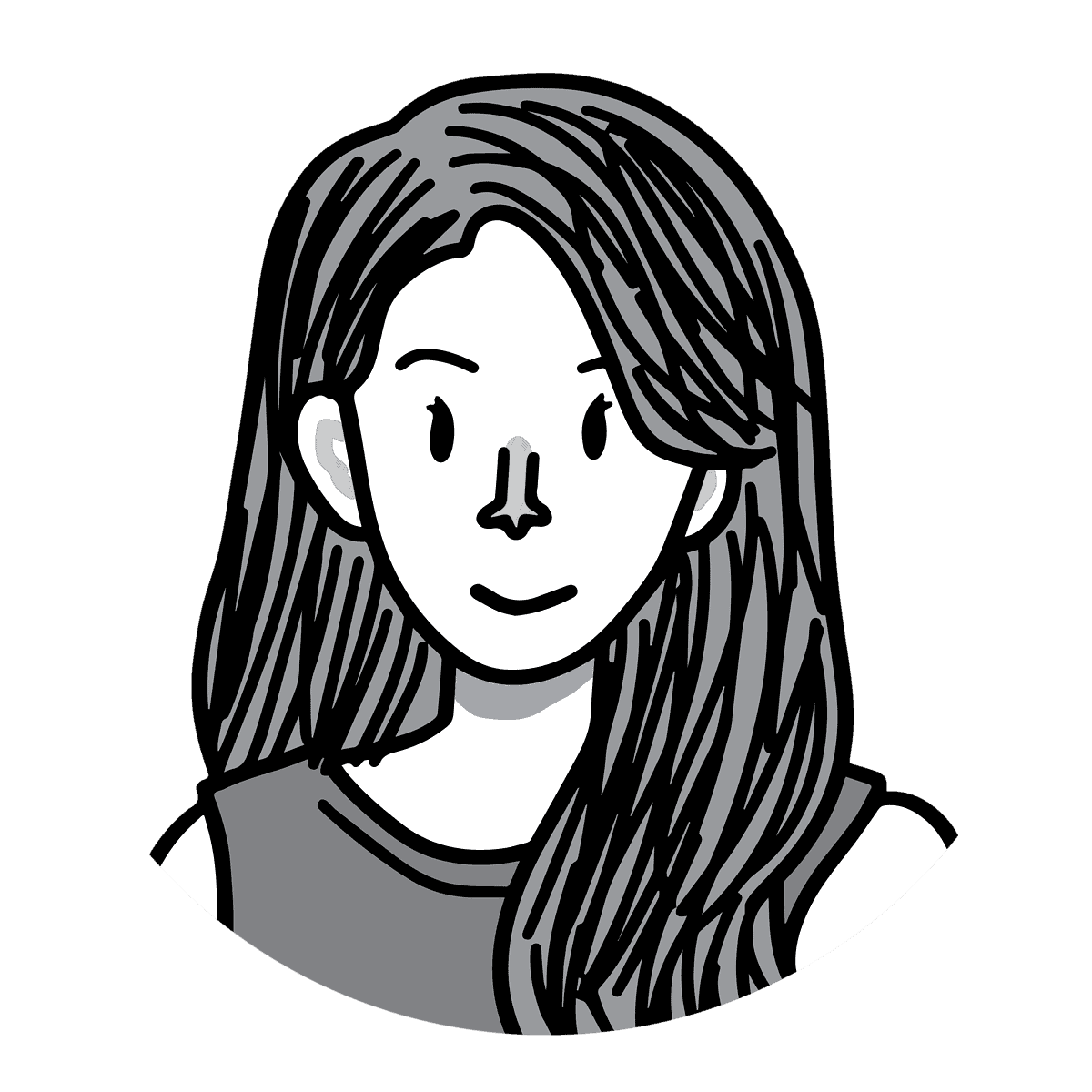CORRECTION OF ERRORS
Unlike errors made in school homework, bookkeepers cannot undo errors using correction tape. Whenever errors in recording transactions occurs, bookkeepers will use correcting double entries to make right the errors.
Correction of Errors
The trial balance is designed to detect certain errors and not others.
In this article, we look at two types of errors:
A. Errors revealed by trial balance
B. Errors not revealed by trial balance.
We focus specifically on errors not revealed by the trial balance.
A. Errors Revealed by trial balance
The trial balance is designed to detect the following types of errors:
1) Omission of either the debit or credit entry of a transaction
2) Debit one account with an amount and credit another account with another amount
3) Two debits or credits for a transaction
4) Calculation error in the trial balance, journal or in a ledger
B. TYPES OF ERRORS NOT REVEALED BY TRIAL BALANCE (POORCC)
The following are errors that are not revealed by the trial balance. This would mean that a balanced trial balance can still consist of errors. These errors are:
1. Error of principle (P)
This type of error occurs when an items from different categories are mixed up with different accounts.
Example: Motor vehicle repairs incurred was recorded as motor vehicle
Correction of errors:
To rectify this error, we must remove the balance from motor vehicle (asset) and include it in motor vehicle repairs (expense):
Dr Motor vehicle repairs
Cr Motor vehicle
2. Error of omission (O)
This error occurs when a transaction goes is not recorded or omitted.
Example: Business purchased motor vehicle on credit. This was not recorded.
Correction of errors:
To rectify this error, simply record the transaction:
Dr Motor vehicle
Cr Other payable
3. Error of original entry (O)
This type of error occurs when wrong numbers are used (transposition of figures).
Example: Bought goods for $345 by cheque, this was recorded as $354.
Correction of errors:
To rectify this error, we need to correct the overcharge of $9:
Dr Cash at bank $9
Cr Inventory $9
4. Complete reversal of entries (R)
This type of error occurs when journal entries are recorded the opposite both sides of accounts
Example: Bought goods on credit, this was recorded as debit trade payable and credit inventory $100.
Correction of errors:
To rectify this error, we need to use the correct journal entries with twice the amount. (First $100 to reverse the error, second $100 to record the transaction):
Dr Inventory $200
Cr Trade payable $200
5. Compensating errors (C)
Error in computation or recording of a transaction that is offset by an error that is equal and opposite.
Example: Sales revenue and inventory are both understated.
Correction of errors:
To rectify this error, we need to increase the value of both sales and inventory:
Dr Inventory
Cr Sales revenue
6. Error of commission (C)
This type of error occurs when items of the same category is mixed up with different accounts.
Example: Received cheque from trade receivable Alex was treated as received from trade receivable Brandon.
Correction of errors:
To rectify this error, we need to remove from trade receivable Brandon and record in trade receivable Alex:
Dr Trade receivable Brandon
Cr Trade receivable Alex
COMMONLY TESTED QUESTIONS
- Identification of the type of errors
- Prepare the journal entries to correct errors
- Analyse the effects of errors on profit for the period and on Balance Sheet items
- Prepare an adjusted trial balance or balance sheet after correction of errors



